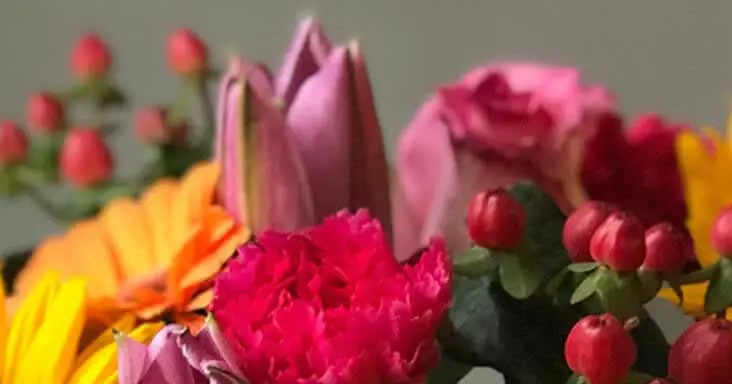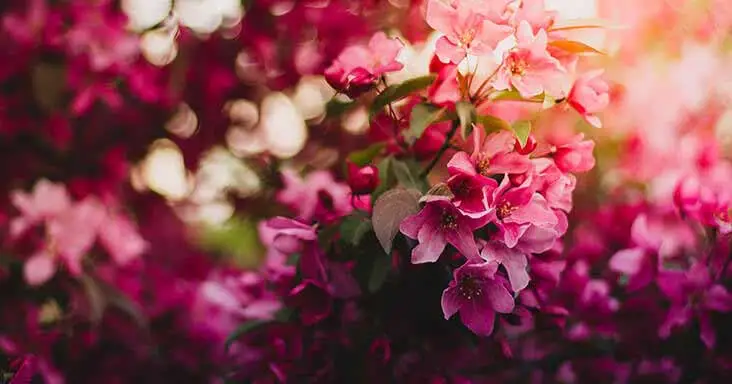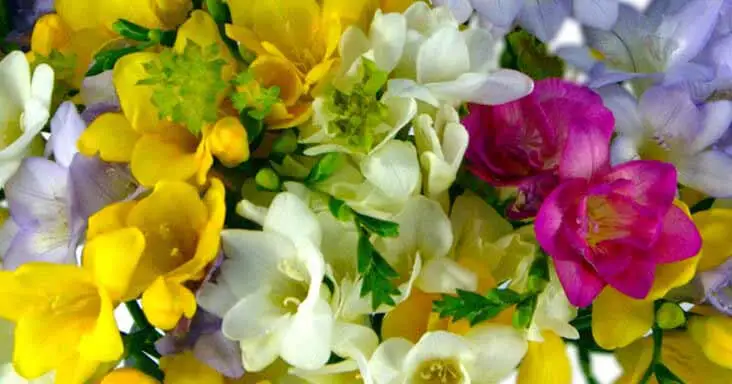Today we take a look at Ikebana, the traditional Japanese art of flower arranging. Ikebana literally means "living flowers", and the art is also known as the "way of flowers".
It is thought to have first come to Japan in the 6th century, when Buddhism made its way across the sea from China. The Buddhists had the custom of decorating the graves of their dead with flowers. But it did not take long (historically speaking!) for this to become a uniquely Japanese art. The Ikenobo school was started around the year 587 by a priest who built a temple after claiming to be visited by the Buddha in a dream.
From here, the art democratised, becoming less the pastime of a specific elite hidden away in temples, and more of an art to be enjoyed by anyone who took an interest.
Today, Ikebana means flower arranging, but with a unique awareness of shape, form and meaning. This is not simply a case of sticking a few pretty petals together! Like art forms such as painting or literature, ikebana has schools, trends an tendencies. In the early 20th century, like other arts, it went through a modernist period, developing what is known as "free style". Today, thousands worldwide join ikebana societies to spread the love of this ancient and subtle Japanese art.



